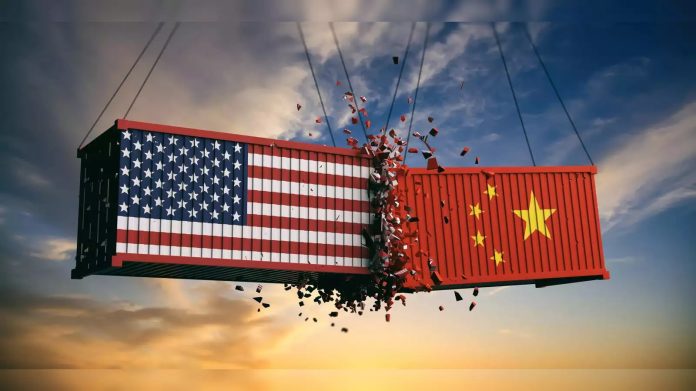- The erstwhile unipolar world headed by the sole superpower United States of America is a thing of the past. Especially, with the advent of economically strong China as a force to reckon with in the global scheme of things, the unipolar world gave way to a much-needed multipolar world with China hogging the limelight. Of course, other strong economies like the UK, France, Japan, and Germany were positioning themselves as worthy contenders challenging the hegemony of the big two economies. The situation dramatically altered when the pandemic struck the world, followed by the ongoing conflict between Russia-Ukraine, and the latest developments in the Middle East involving the vexed issue of Israel-Palestine.

PC: Business standard
- Yes, the USA and China did develop differences leading to an altered geopolitical and geostrategic situation. It did not help when an increasingly authoritative, aggressive, intransigent, and ambitious Xi Jinping set about asserting his footprint on the global firmament. The already fragile relationship between the USA and China nosedived in no time setting for a stage where the world stands divided for and against the two big economies. Mind you, China extending unequivocal support to Russia did further complicate the already delicate relationship between the two. Efforts were afoot to bring along both leaders to iron out obvious differences that otherwise would have spiraled out of control. A bilateral meeting was thus envisaged.
- Thankfully, US President Joe Biden had his second face-to-face meeting with his Chinese counterpart Xi Jinping recently. The strategic rivalry between the countries, which initially played out in the form of a trade war, took a more serious turn last year when the US rolled out export control policies on semiconductors and AI. In addition, the US and China are backing rivals in the geopolitical conflicts that have broken out over the last two years. The trajectory of the trade war offers a sense of their limitations and also ways to manage the rivalry without slipping into direct conflict. It’s been five years since the US began to impose tariffs on Chinese goods, which covered over 60% of imports from the country. Consequently, China’s share in the US imports declined by over 5 percentage points to 16.3% in 2022.

PC: NY1
- Once the focus is broadened to look beyond bilateral trade to supply chains, the picture is different. A World Bank paper last month did just that and found a compression in the US-China direct trade linkage was offset by indirect linkages. That’s the crux of this article. The decline in China’s share of US imports was filled by a handful of other countries, notably Vietnam. The spurt in exports of these countries was, in turn, related to their deep links to China through supply chains. It indicates the economic realities of imposing limitations on countries aiming to realize geopolitical goals through economic tools. Indeed, the biggest gainers are those countries that are part of a deep supply chain, rivalries between the big economies notwithstanding.






